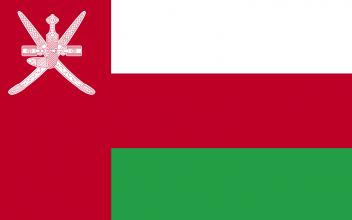Urban Development and Architecture [RU]
Cities and urban centres grew up along the trade routes that passed through Central Asia between the seventh and fifteenth centuries. The transmission of cultures and ideas along with the passage of trading goods had a fundamental effect on the architecture and even the structure of cities such as Samarkand, Bukhara and Merv. New rulers took control of the lands along the trade routes, such as the Arab conquests and later the Mongols. Their traces are left in the architectural legacy of religious buildings, bathhouses, caravanserais, palaces, as well as the brickwork, carving and ornamental designs of urban spaces throughout Central Asia.




